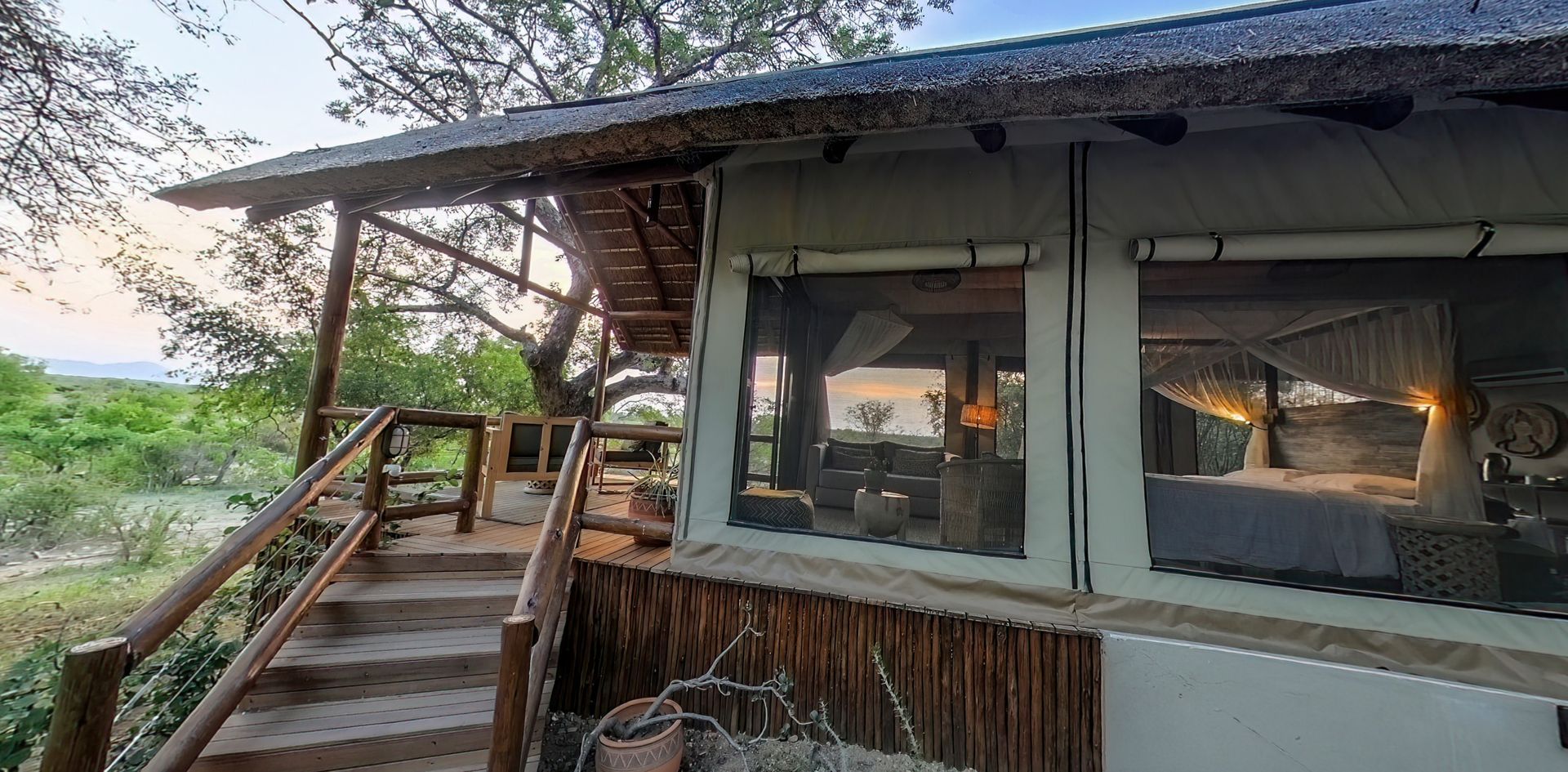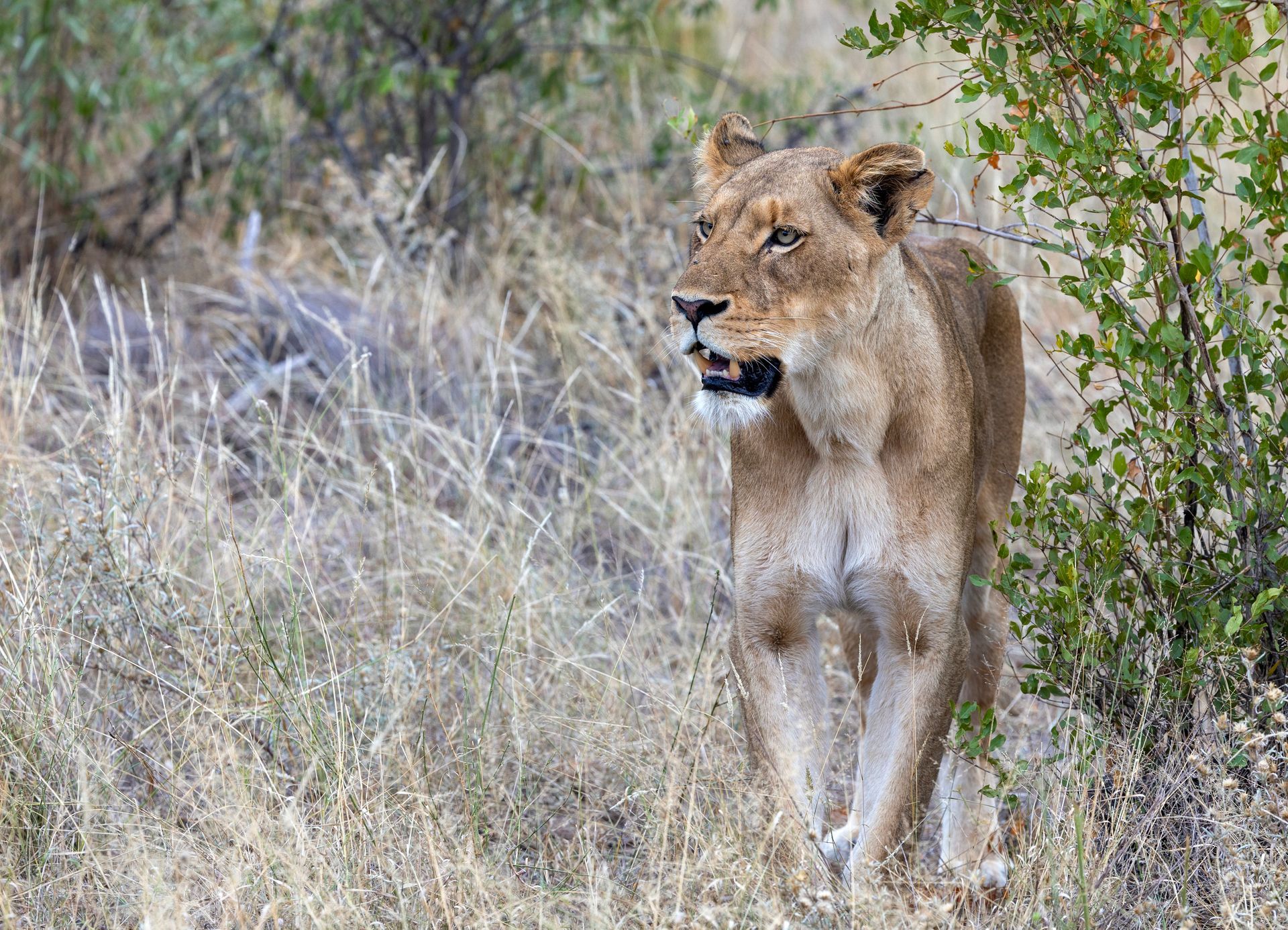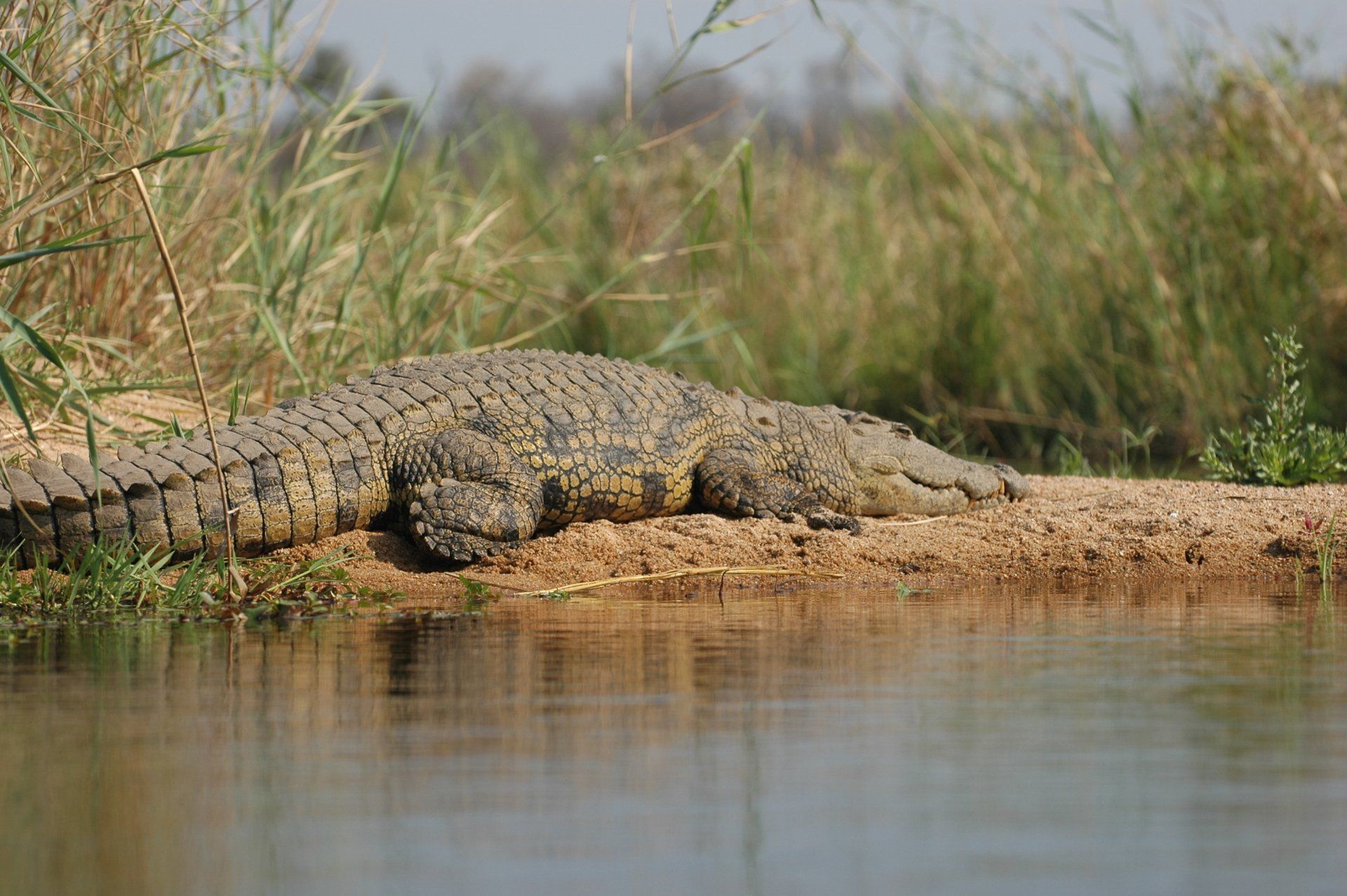Aloes and Sunbirds in Midwinter
Aloes and Sunbirds in Midwinter
This is the time of year that our aloes are in splendid flower and catch the eye of the beholder as well as that of the exquisite sunbirds.
What are aloes?
Shrub or tree like succulent perennials that typically grow in arid regions occurring in various southern and eastern African countries.
Depending on the variety, aloes are pollinated by various birds and insects. Many other insects, birds and mammals are pollen or nectar “thieves” that feast on these plant products without contributing to pollination.
Aloes resist drought by storing water in their large, fleshy leaves. The green grey to bright green leaves are thick, rigid, and
pointed at the tips, often with toothed margins. In some varieties Leaves grow straight out from the centre; in others they curve
upwards and on others curve down towards the ground.
Densely clustered, tubular, bright red to yellow flowers grow on stalks high above the leaves. Small fruits develop from fertilised flowers ,and when the fruits dry out they form pods that split open to release tiny seeds. Small, papery wings on a seed help it disperse in the wind.
Aloes have a long and wide history of use in medicines and cosmetics.
A.Vera especially is used for its healing properties for sunburn, minor burns and abrasions. Leaves from certain aloes when ingested have proven to reduce certain types of cholesterol and also blood glucose levels in diabetic patients .
The A. Aborescens is used for all kinds of conditions ie stomach disorders, wounds, anti bacterial, anti ulcer , anti inflammatory.
It’s gelatinous inner pulp from its leaves is used in shampoos and moisturisers.
In Balule , the White Bellied , Scarlet Chested and Marico sunbirds are busy hovering and perching around the aloes feeding on massive amounts of nectar providing an indispensable energy source to fuel their high metabolic rate.
Long sharp claws for perching, long and shaped bills to match the shape of their target flowers , a very long telescopic tongue with papillae to reach and lap up the nectar are some of the adaptations that have evolved for their lifestyle.
The nectar they are feeding on often has a 75-80% water content. Their “compensatory feeding “ ie gorging on the nectar to maintain their energy intake requires a special method of dealing with all this water called “water shunting “ . This passes about 2/3 of the water through the gut without absorption, bypassing and avoiding overloading the kidneys( life threatening). The sucrose and other minerals are by necessity rapidly absorbed in the stomach for energy intake.
It is an intriguing example of how a type of food source dictates the design and behavior of the feeder over time.
(Images courtesy of Sarah Solomon)















